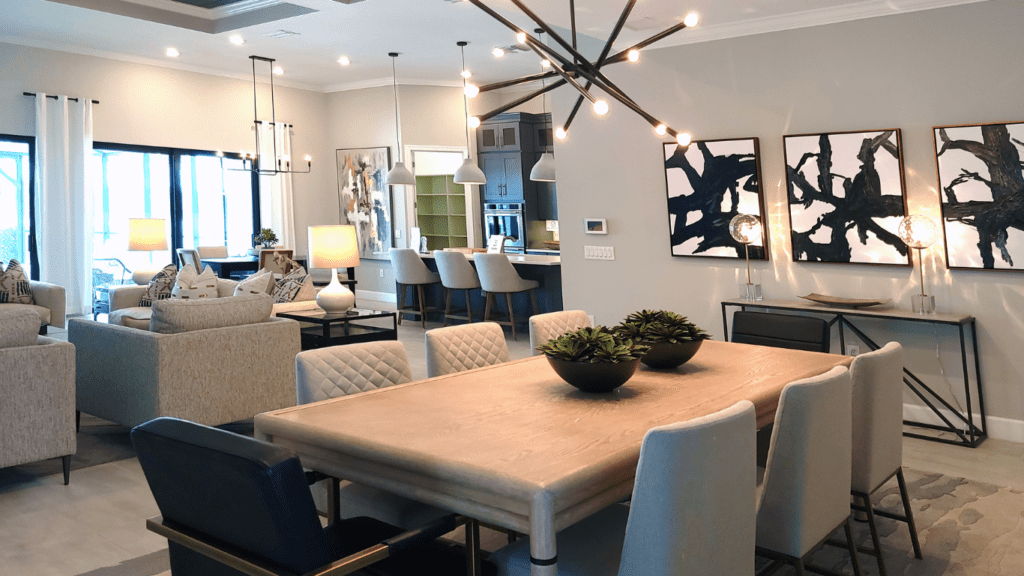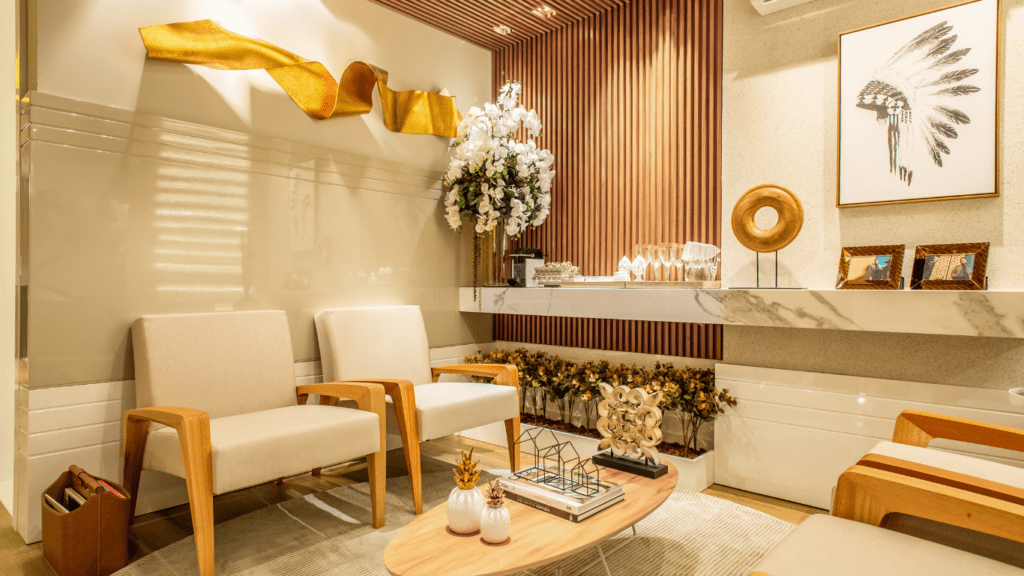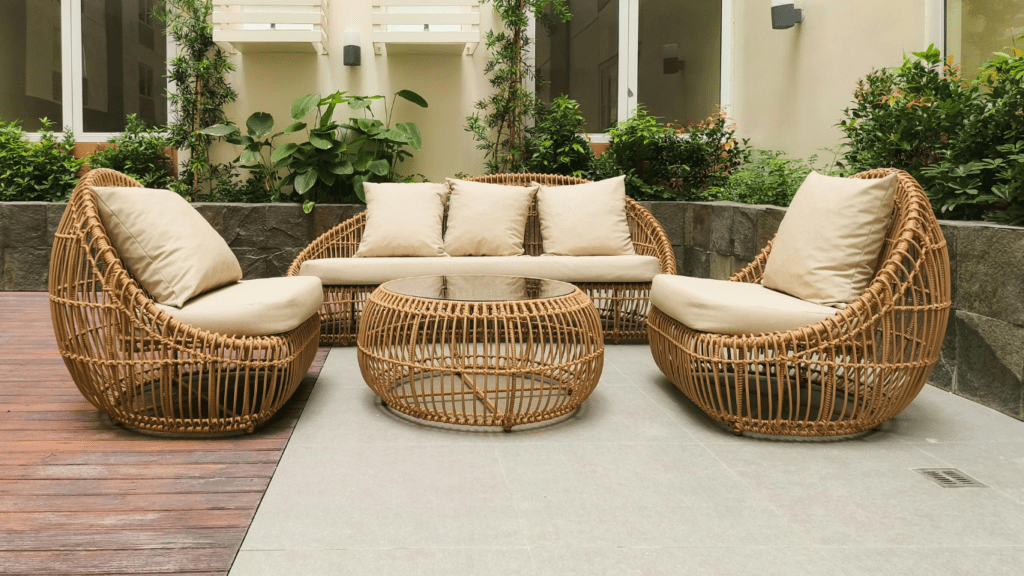Understanding High-End Decor
High-end decor centers on elegance, sophistication, and a meticulous choice of elements. Luxurious spaces often incorporate high-quality materials like marble, velvet, and gold accents to create a sense of opulence. Incorporating such materials in even small quantities elevates the overall aesthetic.
Attention to detail distinguishes high-end designs from regular ones. For example, intricate moldings, tailored curtains, and custom hardware add a personalized touch that makes a significant impact. These elements enrich the visual appeal.
Colors and textures play crucial roles in high-end decor. Neutral palettes with strategic pops of color exude sophistication. Textures should be rich and varied, incorporating silk, cashmere, or faux fur. Combining such textures enhances depth and luxury in a room.
Lighting holds significant importance in luxury design. Opt for chandeliers, sconces, and statement lamps to illuminate spaces elegantly. The right lighting not only highlights key decor accents but also sets the overall mood.
High-end decor often includes unique, bespoke pieces. Custom furniture, original artwork, and limited-edition items add exclusivity and uniqueness to the space. These pieces, whether handcrafted or rare finds, contribute significantly to a sophisticated atmosphere.
Consistency is vital for achieving a cohesive high-end look. Seamlessly integrating all elements, from furniture to accessories, ensures a harmonious and polished space. Each element should complement the other, creating a unified design.
Use this understanding of high-end decor to select decor accents that reflect a luxury aesthetic.
Selecting Key Pieces
Key decor pieces immediately elevate any space. Choosing statement furniture, luxurious textiles, and captivating art creates a cohesive and sophisticated look.
Statement Furniture
Statement furniture defines a room. Opt for designs with unique silhouettes, like a velvet tufted sofa or a sculptural coffee table. An intricate headboard or bold dining table become focal points that exude elegance. Prioritize quality materials, like solid wood and premium upholstery. Such pieces provide lasting style and durability.
Luxurious Textiles
Luxurious textiles contribute both comfort and visual interest. Use materials like:
- silk drapes
- velvet cushions
- cashmere throws
Layering different textures, such as linen bedding paired with a faux fur blanket, adds depth. Choose textiles in rich, neutral tones or subtle patterns to maintain sophistication. High-quality textiles ensure a refined aesthetic and a plush feel.
Art and Sculptures
Art and sculptures introduce personality and intrigue. Select original artworks or high-quality reproductions that resonate with your style. Abstract paintings or classic landscapes add character. Sculptural pieces, like metal or ceramic statues, offer dimension. Displaying art in prominent locations, like above a sofa or on a console table, makes a powerful visual statement. Art enriches the overall design narrative.
Incorporating Unique Accents

Incorporating unique accents into your home can create a high-end look and distinctive aesthetic. These elements reflect personal style and contribute to a luxurious atmosphere.
Vintage Finds
Vintage finds, like antique furniture or retro accessories, add character and charm. For example, an ornate Victorian mirror can instantly elevate a room. Unique pieces from different eras create a curated and eclectic feel. Quality and craftsmanship in vintage items are often superior due to the meticulous production processes of the past. Flea markets, estate sales, and antique shops are excellent places to discover these treasures. When selecting vintage items, I focus on their condition and authenticity to ensure they integrate seamlessly with modern decor.
Custom-Made Items
Custom-made items offer an unmatched level of personalization and exclusivity. For instance, a custom cabinetry unit tailored to fit a specific space ensures optimal use and a bespoke look. Artisans can create furniture or decor pieces to exact specifications, incorporating preferred materials and finishes. These items often come with a story, adding depth and meaning to a space. Investing in custom-made items, like a one-of-a-kind dining table or bespoke lighting fixture, highlights a commitment to quality and uniqueness. By working with skilled craftspeople, I ensure that each custom piece becomes a timeless part of my home.
Balancing Functionality and Aesthetics
Creating a high-end look involves not just stunning decor, but also ensuring every piece serves a function. It’s important to strike a balance between beauty and practicality.
Practicality Considerations
- When choosing decor items, I always consider their functionality first.
- A chic coffee table should also offer storage or be easy to move.
- Functional furniture examples include modular sofas and extendable dining tables that provide flexibility.
- In high-end spaces, practicality doesn’t mean compromising on style. For instance, a luxurious velvet sofa can be paired with stain-resistant fabric to maintain its appearance over time.
- Tall bookshelves not only display items beautifully but also add vertical storage, making rooms feel more spacious.
By focusing on functionality, spaces become both elegant and efficient.
Coordinating Colors and Textures
Color and texture coordination creates a cohesive high-end appearance. I choose a limited palette, favoring neutral tones with rich accents such as emerald green or deep navy. Texture plays a crucial role; I mix smooth silk cushions with rough-hewn wooden tables to add depth. Materials like marble and velvet add luxury; their juxtaposition sparks interest. I incorporate varied finishes, such as matte gold fixtures against glossy black surfaces, to enhance visual appeal. Consistency in these elements ensures every room flows seamlessly, reinforcing a unified sophisticated design.
The Role of Lighting
Lighting is a critical aspect of creating a high-end look in any space. It not only illuminates the room but also sets the tone and mood, enhancing the overall aesthetic.
Ambient Lighting
Ambient lighting provides the primary source of illumination, creating a comfortable level of brightness without causing glare. I recommend using chandeliers or pendant lights with elegant designs to add a touch of sophistication. For example, a crystal chandelier in the dining room can instantly elevate the space’s elegance. Recessed lighting can be an excellent option for a more modern look, providing even illumination across the room without drawing attention to the fixtures themselves.
Accent and Task Lighting
Accent lighting focuses on highlighting specific features or objects, adding depth and dimension to the room. I use wall sconces or spotlights to draw attention to artwork, sculptures, or architectural details. For instance, placing a spotlight above a piece of art can make it a focal point, enhancing its visual impact.
Task lighting provides focused light for specific activities like reading, cooking, or working. I often use table lamps, under-cabinet lighting, or adjustable floor lamps for this purpose. For example, a stylish desk lamp can enhance both functionality and elegance in a home office. By combining ambient, accent, and task lighting, it’s possible to create a layered lighting scheme that brings a luxurious feel to your home.
Styling Tips for a Polished Finish
Achieving a high-end look involves more than selecting the right pieces. It’s about how you arrange and style them to create a cohesive and polished finish.
Layering Decor
Layering decor adds depth and richness to any space. Start with a base layer, like a bold area rug. Add medium layers such as accent furniture, like an intricately designed ottoman or a sleek coffee table. Top it off with smaller decor items like decorative trays and unique bookends. Use varied textures and materials to create visual interest. For instance, mix velvet pillows with silk throws on a linen sofa. Consider the balance and scale of your elements to maintain harmony.
Seasonal Updates
Seasonal updates keep your space fresh and relevant. Swap out textiles like cushions, blankets, and curtains according to the season. Use warm, heavier fabrics like wool and velvet in winter, and opt for lighter, breathable fabrics like cotton and linen in summer. Incorporate seasonal colors—in winter, use deep hues like burgundy and forest green; in spring, update with pastels and bright accents. Update decor pieces like centerpieces and vases to reflect seasonal elements, such as spring florals or autumn foliage. Focus on small, easily changeable elements for cost-effective updates.



 Founder & CEO
Irenee Nunezerro is the visionary founder and CEO of Luxe House Maker, with over 15 years of experience in luxury real estate and interior design. Known for her expertise in blending opulence with innovation, Irenee launched Luxe House Maker to provide readers with comprehensive updates on the latest trends in high-end properties, interior décor, and smart home technology. Her passion for creating luxurious, technologically advanced spaces has positioned Luxe House Maker as a leading resource for those seeking to elevate their lifestyles. Irenee’s commitment to delivering cutting-edge content ensures that Luxe House Maker stays at the forefront of the luxury market.
Founder & CEO
Irenee Nunezerro is the visionary founder and CEO of Luxe House Maker, with over 15 years of experience in luxury real estate and interior design. Known for her expertise in blending opulence with innovation, Irenee launched Luxe House Maker to provide readers with comprehensive updates on the latest trends in high-end properties, interior décor, and smart home technology. Her passion for creating luxurious, technologically advanced spaces has positioned Luxe House Maker as a leading resource for those seeking to elevate their lifestyles. Irenee’s commitment to delivering cutting-edge content ensures that Luxe House Maker stays at the forefront of the luxury market.
